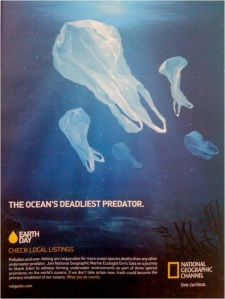In 1984, because I had just completed my university and was a white male, I was conscripted into national service to help support a regime that used selective religious instruction to justify a policy of enforced segregation and open discrimination. I had three choices: do my two years, keep my head down and get out; openly defy my conscription and go to prison; or flee.
However, in effect, I had only one choice, because there was a problem: I had just completed my university education on a loan from the Department of Education, and if I didn’t do my national service and report for my four years of teaching thereafter, my parents would be liable to repay the loan immediately, and in full.
So I went. But here’s where things get interesting: because I had qualified as a teacher and school counsellor, like all the other recently graduated teachers I was sent for officers’ training to Infantry School in Oudtshoorn. I therefore had an opportunity to mix with other teachers and tap into the mindset of those responsible for educating the country’s (white) youth (at that stage schools were still segregated).
Context is important here: at that time, teaching was considered something of a calling for conservative Afrikaans men; and the position of onderwyser (teacher) in the Afrikaans community was one that commanded deep respect. In English schools it was a little different. Teaching was more popular with women. So, as a liberal, atheist, English-speaking teacher, I was viewed with a mixture of caution and suspicion; mainly so around my political and religious beliefs.
Religion, specifically the Calvinistic form of Christianity popular with the Afrikaans community, was a cornerstone of the military doctrine; so much so that the regiment’s dominee (pastor) held the equivalent rank of a full colonel, and his sermons were delivered without question. One day, when the entire regiment was assembled for parade and he was delivering one of his sermons, he presented a stream of selected passages from the Bible to justify the government’s policy of racial segregation. It was, in his word’s, God’s decree.
I distinctly remember this for two reasons: because it seemed so utterly bizarre it was laughable, and because most of the other men in my platoon – fellow teachers who’d go on to influence the thoughts of children – were nodding their heads in agreement.
This story popped into my mind this week when I read about how the psychological abuse of children is more common than thought in the US, and is often unreported. The report went on to explain the definition of psychological abuse and listed such factors as ridicule and isolation; but nowhere did it mention religious indoctrination.
Few are more susceptible to indoctrination than children, who look to their teacher for guidance and direction. Their entire construct of the world around them is shaped by adults and their peers; and they are taught to listen and not question the dominant belief system.
This is why science and critical thinking should be encouraged amongst children; and why those who seek to suppress such inquiry in favour of enforcing a scientifically unsubstantiated and disputed belief system, such as that which was used to justify apartheid, are, in my mind, guilty of psychological abuse.











